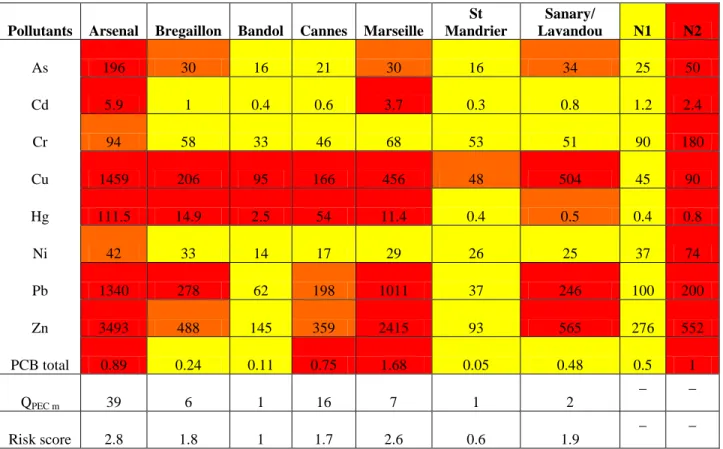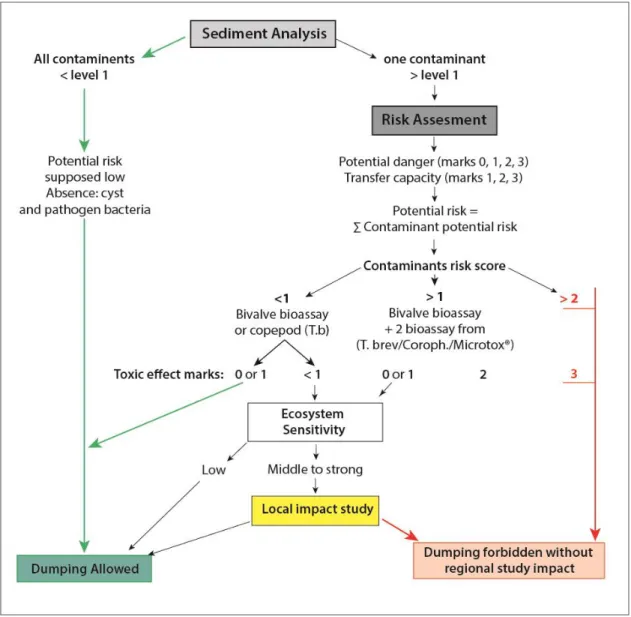Stabilization of contaminated marine sediment by addition of bauxite residues : evaluation of potential mobility of trace elements
Texte intégral
Figure




Documents relatifs
Effect of organic amendments on the mobility of trace elements in phytoremediated techno-soils: role of the1.
The organic amendments significantly reduced the Cr soil pore water concentration [Cr spw ] in the treated soil by nearly 1.7 fold compared with the untreated soil (p=
Afin de déterminer l’influence de la nature des matériaux (matrice cimentaire, granulats) et de leur structure poreuse, ces mesures ont été réalisées sur une large gamme
Integration of the oral bioaccessibility of trace elements in the human exposure and risk assessment of contaminated soils.. International Conference on the Biogeochemistry of
Ces premières observations soulignent d’une part, l’absence ou la très faible teneur en sels évaporitiques dans les sédiments du Touch et d’autre part, le
This study aims at evaluating the dynamic of trace elements in a soil amended with various organic wastes combining incubation and DGT techniques.. Soil/waste
Instead, I will examine some considerations – Skinner’s concept of the history of ideas and Fou- cault’s history of knowledge – that have occupied historians and, in
EMdeCODE: a novel algorithm capable of reading words of epigenetic code to predict enhancers and retroviral integration sites and to identify H3R2me1 as a distinctive mark of





